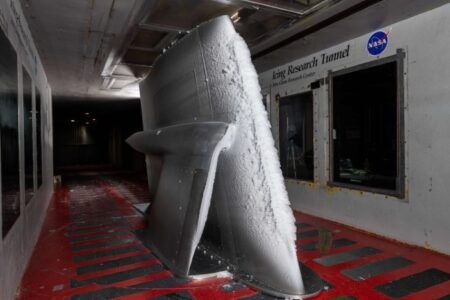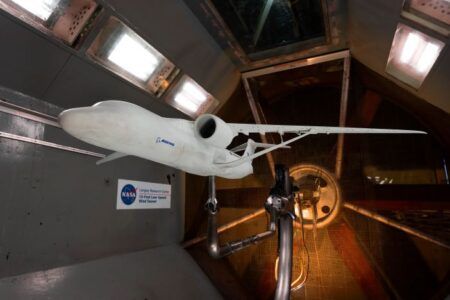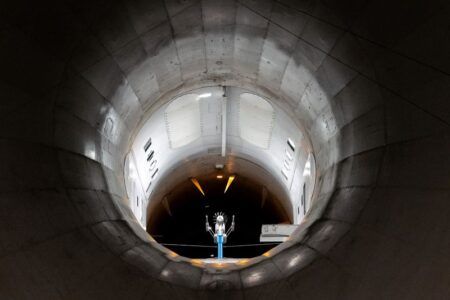South Korea has started wind tunnel testing of the KF-X fighter as it tries to finalize the design of its next-generation jet fuselage by mid-2018, the aircraft’s local developers said June 22, 2016.
Korea Aerospace Industries (KAI), the country’s sole aircraft manufacturer, and the Korea Aerospace Research Institute said they began the first phase of wind tunnel testing to lay out the design for the Korean Fighter Experimental (KF-X) program.
The KF-X project, which will cost R18tr (US$15.3bn) of taxpayers’ money, will call for the building of about 120 twin-engine combat jets. Seoul aims to deploy the new planes starting in the mid-2020s to replace its fleet of vintage F-4s and F-5s.
A wind tunnel test assesses aerodynamic forces that an object can withstand, as well as overall flight properties, by letting air move past it.
Officials said that they will conduct a combined 13,000 hours of wind tunnel testing with the finalized design to be penned in about two years’ time.
The testing is part of a broader effort by Seoul to build a jet fighter that is expected to boost the capabilities of the Republic of Korea Air Force.
In May, South Korea picked General Electric (GE) as the preferred bidder to supply engines for the fighter jets. Earlier in the year South Korean defense manufacturer Hanwha Thales was chosen to build active electronically scanned array (AESA) radar.
June 24, 2016




